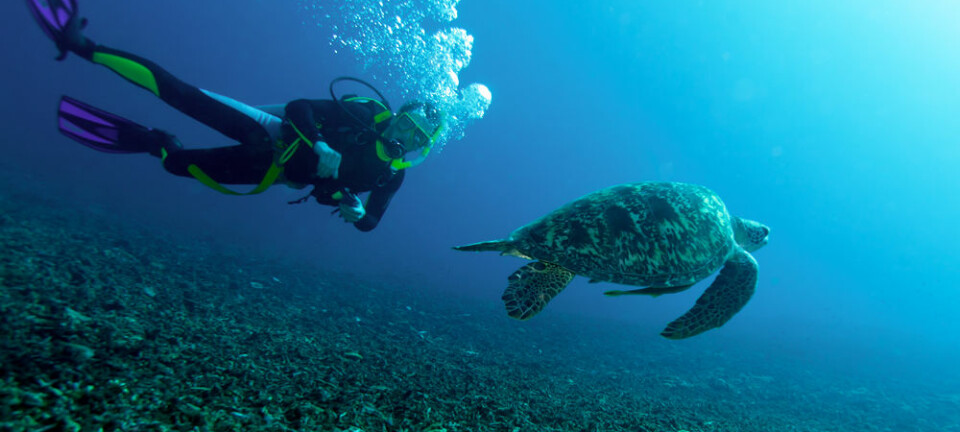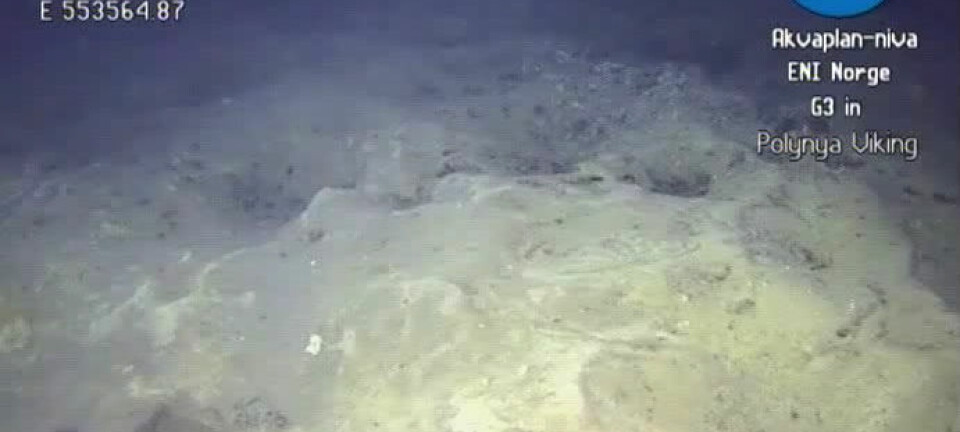
All giant squids are close kin
The mystical leviathans living deep in oceans worldwide are all one species.
One of the largest invertebrates must have been very close to extinction in the not-so-distant past.
This is one of the conclusions of a new genetic study of 43 giant squids from around the world. Most of the tissue from these elusive creatures came from carcasses washed up on beaches or floating in the ocean but a few of them have been accidentally caught by deep-sea trawlers.
One tonne, 12-metre arms
The giant squid (Architeuthis dux) has the world’s largest eyes and a body ranging up to six metres, legs up to 12 metres, and can way over a tonne.
Both monstrous and rare, the creature has long given rise to seafarers’ myths and it wasn’t until last year that scientists managed to film a live giant squid in its natural habitat.

An internationally team of researchers, led by Tom Gilbert and Inger Winkelmann of the University of Copenhagen’s Natural History Museum of Denmark, has analysed the squids’ mitochondrial DNA.
This is DNA outside the cell nucleus which is only passed down from mother to offspring. That makes it particularly useful for studying genetic similarities and kinship.
Larval stage spread by currents
Scientists have found no indications that different subspecies of giant squids live in distinct regions.
The researchers think adult giant squids tend to stick to a certain area, but in a pre-larval stage their offspring drift around the planet with ocean currents.
They write that the young squids initially live close to the surface and plunge into the depths as soon as they are old enough to survive the harsh conditions there.
Evolutionary bottleneck
The close genetic similarities of the individual giant squids that have been analysed indicate that relatively recently there must have been very few individuals alive globally.
Among 20,331 common genetic markers in a gene sequence, only 181 genetic base pairs differentiated the individuals from one another.
Scientists have never seen such a low level of nucleotide diversity in any creature that can be found worldwide. This shows that only one global species of giant squid exists.
In biology a species is often defined as a group of organisms capable of interbreeding and producing fertile offspring. They share essential traits.
It’s anybody’s guess how many giant squids are currently alive or what brought them to the verge of extinction.
“I just can’t conceive of predation being responsible. If anything, I’d put my money on changes in ocean conditions somehow altering the nutrient-rich deep waters that these animals need,” said Gilbert to the magazine Scientific American.
-------------------------
Read the Norwegian version of this article at forskning.no
Translated by: Glenn Ostling







